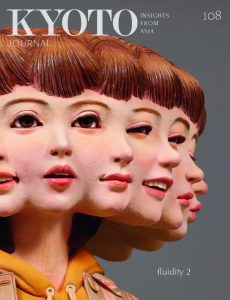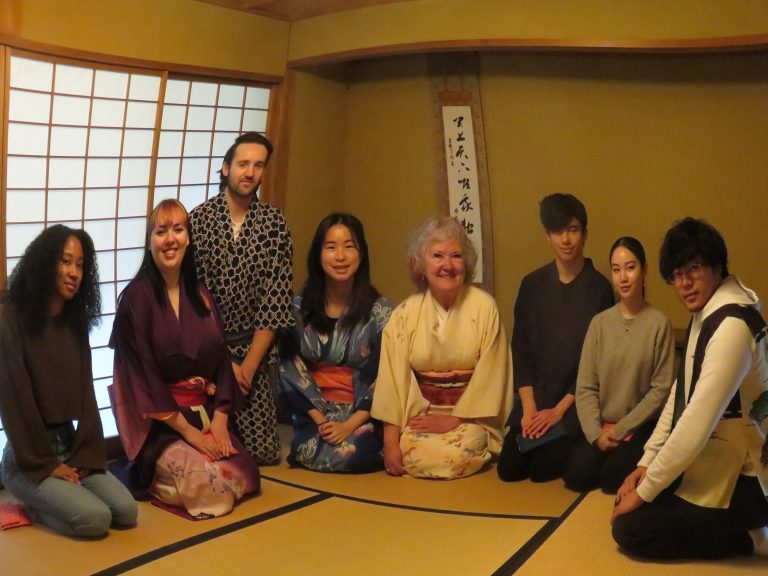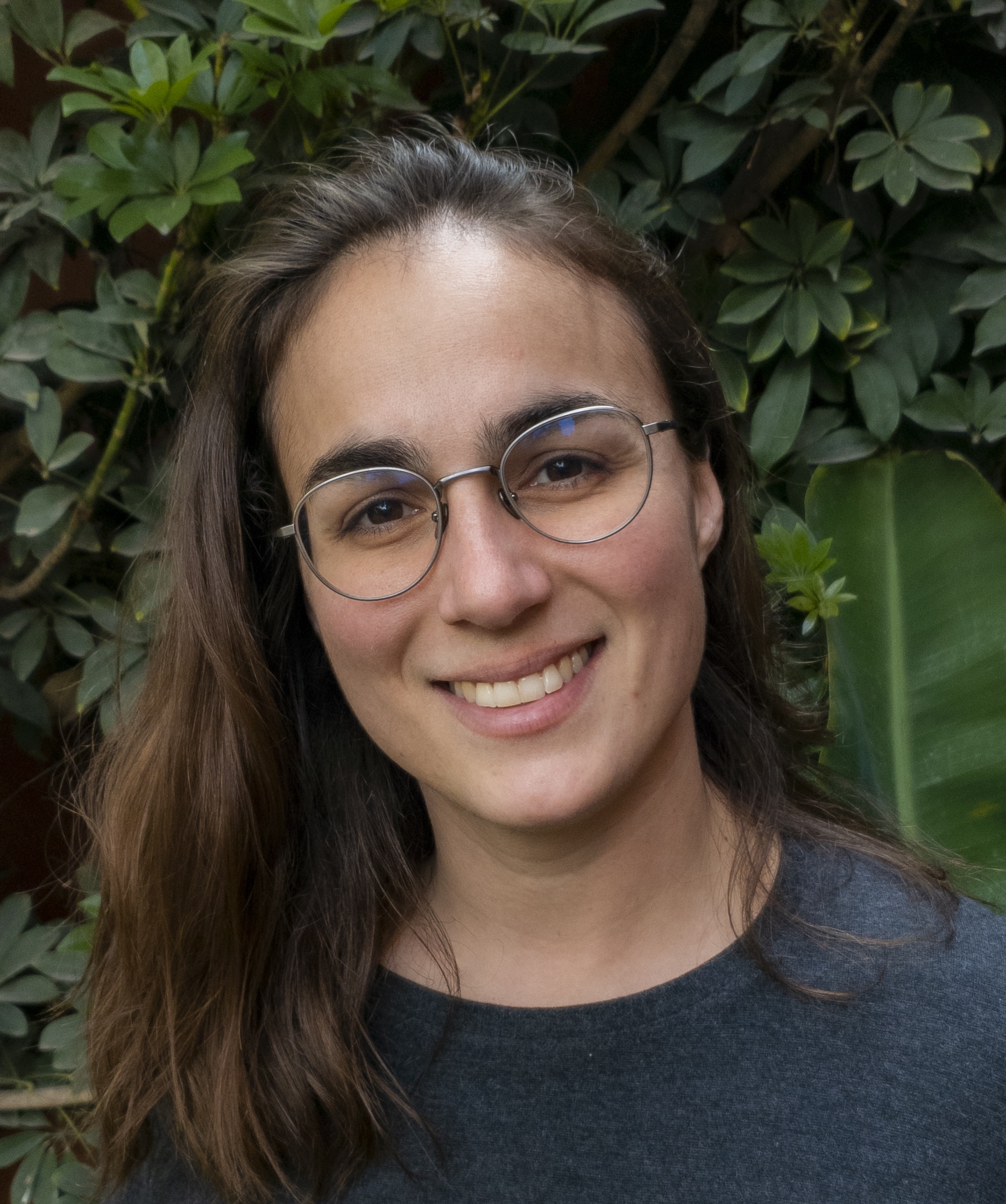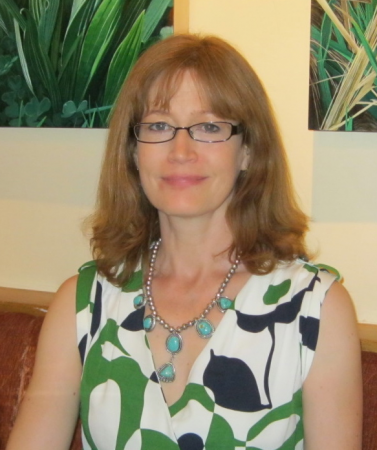

The piece, published in the glossy Kyoto Magazine, is accompanied by beautiful photos taken in and around the UBC campus in Vancouver (by photographer Lam Wong). It explores the historical, cultural and social importance of the practice, both in British Columbia and in Japan.
People practice Tea in British Columbia for similar reasons as people in Japan. For many it constitutes ikigai, a reason for living that contributes meaning to their lives. Many practice it as a way of disciplining the body, developing graceful movements that can carry into other aspects of life. Others embrace it as their shumi, a word translated as “hobby”, a translation lacking the full sense of the Japanese term which references a deeply committed and often lifetime pursuit involving culturally valued self-education and self-development. As in Japan,Tea in Vancouver and surrounding areas involves social networking,relationship building,and communal ties.
Summer 2025 Course
If you are interested in learning more about the Japanese Tea Ceremony consider registering for Millie Creighton’s Summer 2025 course!
ANTH 435: The Japanese Tea Ceremony: Ethnography of Performance, Practice and Ritual.
Description: An exploration of Chanoyu, Japanese Tea Practice, as a culturally embedded ritual, performance, and aesthetic form, and as a way of understanding underlying elements of Japanese culture.


Millie Chreighton (Middle, white kimono) and students in ANTH 435 Japanese Tea Ceremony class.


